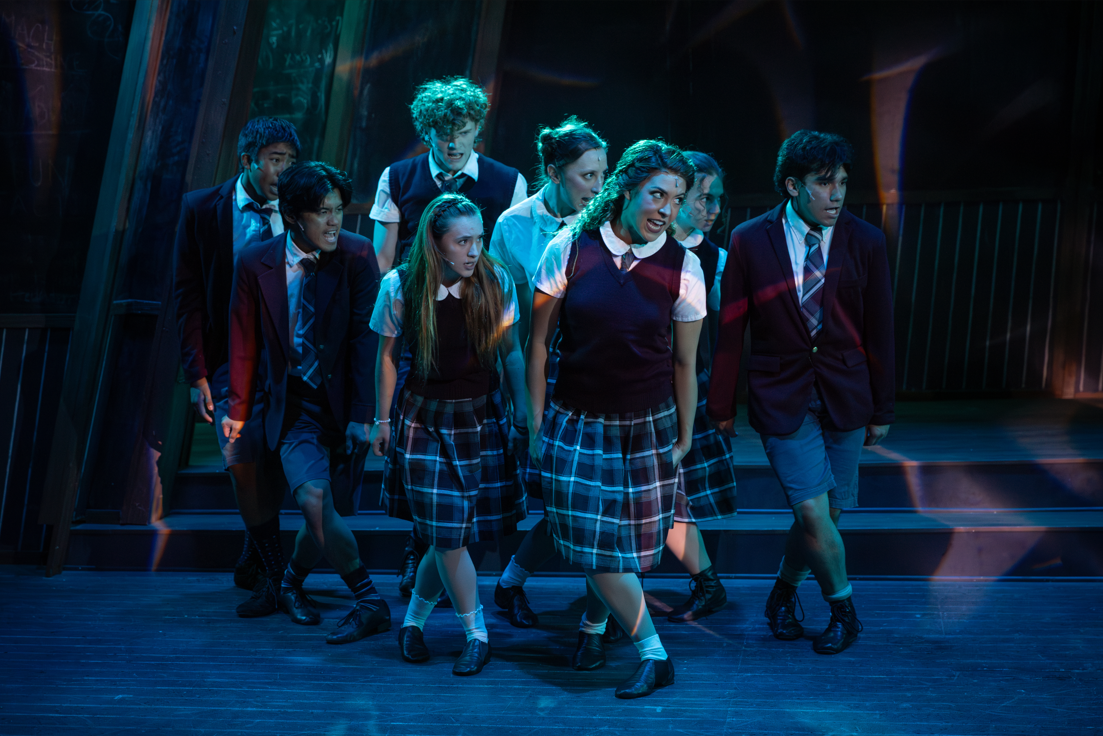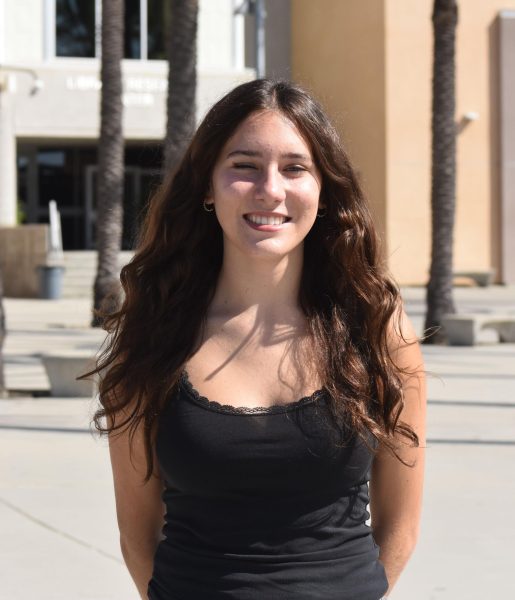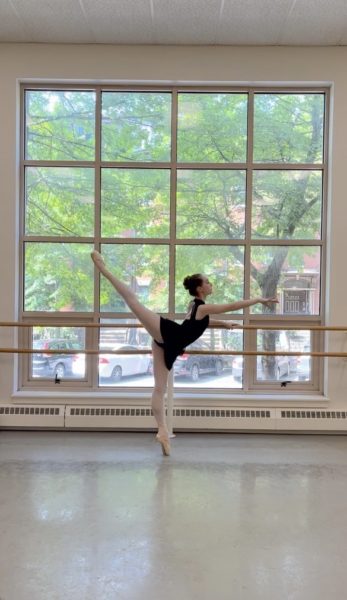
Ever since she fell in love with dancing at three years old, Sofia Capella (11) has dedicated herself to dance, mostly focusing on classical ballet technique at her studio, Southern California Ballet. Becoming a professional dancer has long been a goal for her, and an important step in that process is the experience of studying at a professional company. To help achieve her goal, she attended Boston Ballet’s 5-week summer dance program.
In training at Boston Ballet, dancers were able to work on their technique, strength, and flexibility, as well as their artistry, thanks to the intense hours everyday. Students return as far more sophisticated dancers when they come back to their home studios. Along with dancing, Capella found that these summers away offered opportunities to meet people from around the country.
“One of the main reasons that I go to summer intensives is to see other companies and how they’re structured, but I think another part of these programs is [the experience] of meeting a lot of new people,” Capella said.
In early January, the audition process for summer intensives begins. After starting off their audition with an in-person application, students travel to the closest dance studio where they are being held. For Capella, it was the Laguna Dance Theatre in Mission Viejo. Teaching at her audition class, on behalf of Boston Ballet, was Miranda Wees e, the Artistic Director for Boston Ballet and former New York City Ballet’s principal dancer. The audition was structured the same way a typical ballet class would be, Weese taught class by starting off at the barre and then had dancers move across the floor. While she gave students a series of steps to memorize and perform, a panel of representatives from Boston Ballet’s faculty observed each dancer’s ability to pick up these combinations and apply corrections when given.
Capella auditioned for many companies, and after receiving admission decisions, she decided Boston Ballet was best suited for her.
“I had seen a lot of [Boston Ballet’s] shows when I was younger, so I really wanted an experience with a bigger company to see how that would be,” she said. Instruction at Boston was particularly high-caliber, and would expose Capella to new styles of dance, as well as solidify her ballet technique.
After settling into the dorms at Boston University, classes started soon after. A typical day training at the Boston studios started off with a technique class. To warm up for her day ahead, Capella spent 30-40 minutes doing steps at the barre and then moved to the center, where dancers were asked to do similar steps from the barre, but with more of a performance quality. Afterwards, the dancers covered across the floor steps, where they could travel their movements across the floor for the remaining hour of class. Finally, after technique class, female dancers would have an hour of pointe.
“The consistency of always having a pointe class and being able to work on that every day and build on stuff that I wouldn’t normally be able to do was really nice,” Capella said.
Following pointe class, Capella had either repatorie, the learning of classical ballet choreography as a group, or variations class, which also features classic choreography, but performed as a solo.
After lunch, Capella ends her ballet classes and transitions into the start of the non-ballet portion of the day. Usually taking the form of two to three classes. Students took character, modern, contemporary, musical theater, conditioning, salsa, or Chinese dance, depending on the day.
Overall, Capella found Boston Ballet’s experience to be a pleasant break from the typically rigid structure of strictly studying ballet–where she found comfort in the variety of classes.
“The teachers had really different styles of teaching compared to what I’m used to, because I’ve always danced mainly at the same studio and with the same teachers,” Capella said. “It was really nice to be able to adjust to different styles.”
An additional feature of the intensive that Capella found helpful were the “Meet the Artist ” lectures that introduced past and present company members of Boston Ballet to the students. Most impactful to Capella was the lecture with Sarah Wroth, a current chair member of the Ballet department at the Indiana University Jacobs School of Music and a former company member of Boston Ballet.
“I thought it was really really nice to hear from her because she didn’t take the typical dancer path,” Capella said. “It’s very typical that a lot of people just go straight from high school into a company, and that can be really stressful.”
Capella found that Wroth’s unique trajectory to professional dancing, which involved earning her bachelor’s degree of Science in Ballet Performance before becoming a professional dancer, relieved her of the stress of going pro directly after graduation.
“It was nice to know that, yes, you can follow that path, but also it’s not the same for everyone and she’s [still] very successful,” Capella said.
Capella found that the experience at Boston Ballet, as well as training at a professional level for an extended period of time, enabled her to gain a taste of what it’s like to be a professional dancer, possibly offering opportunities for her with a career of dance.


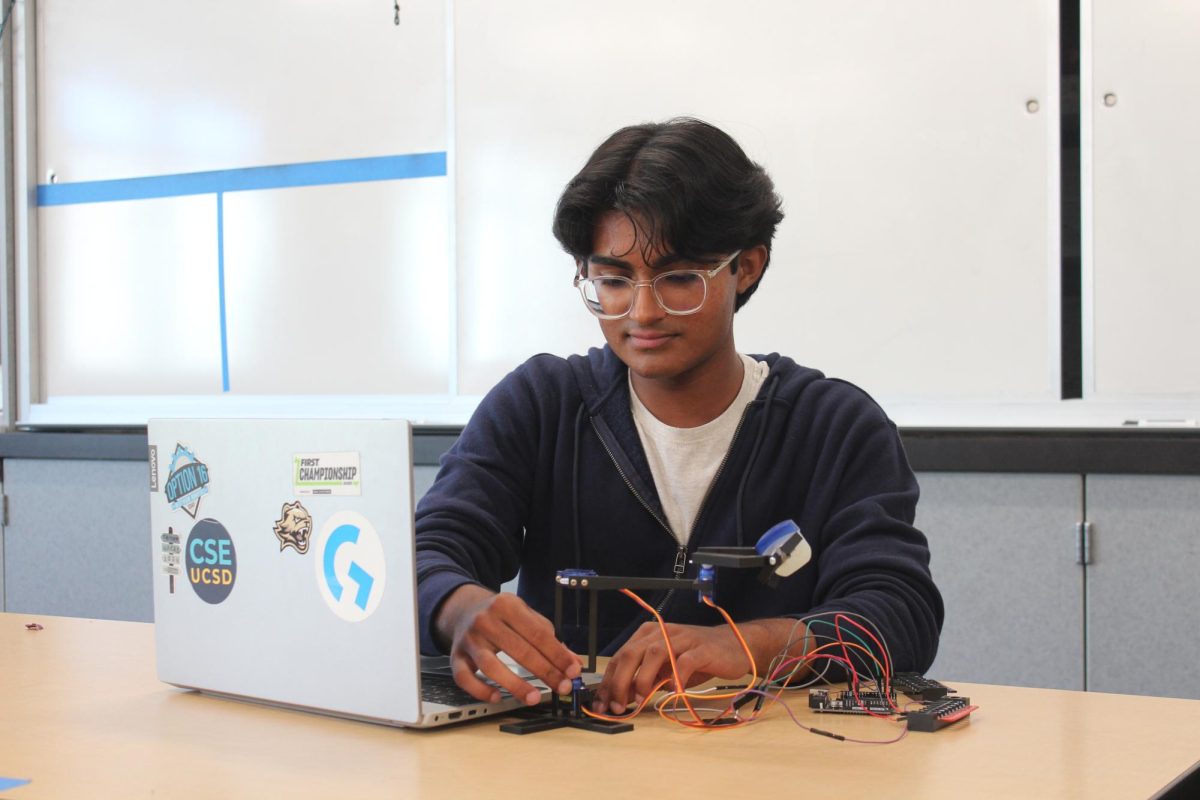

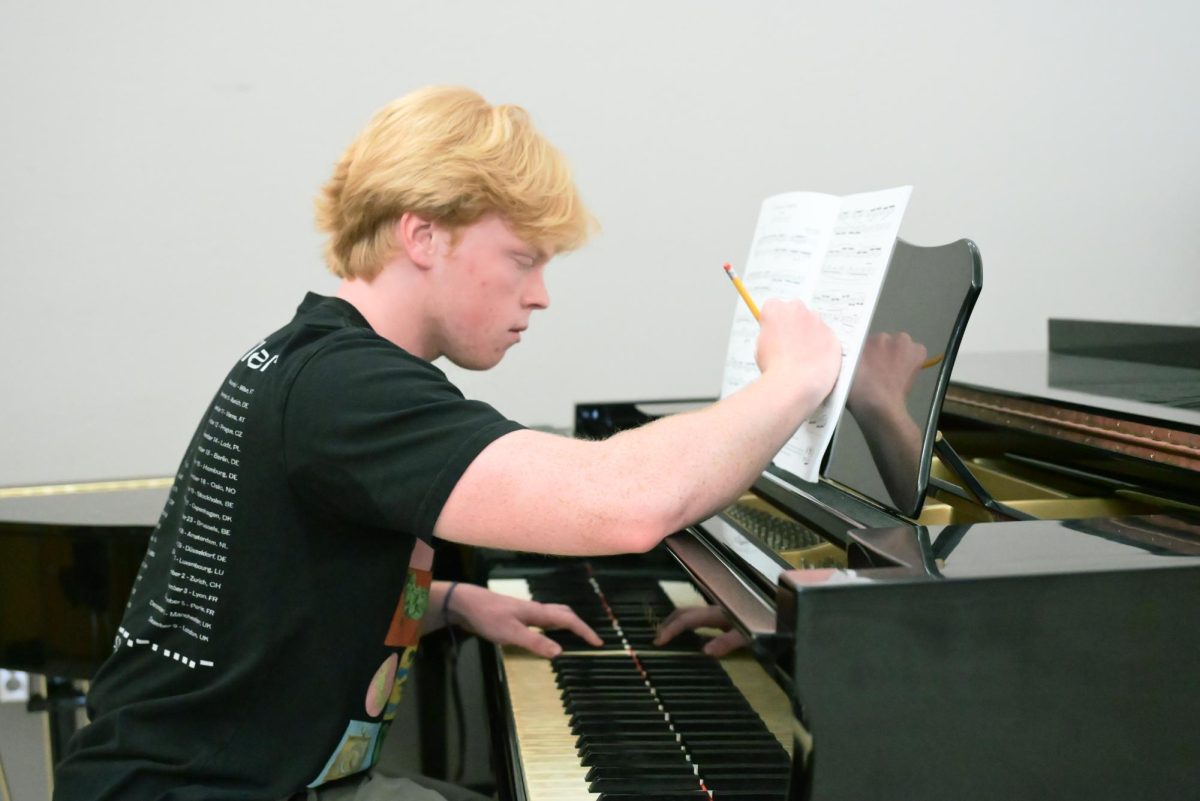
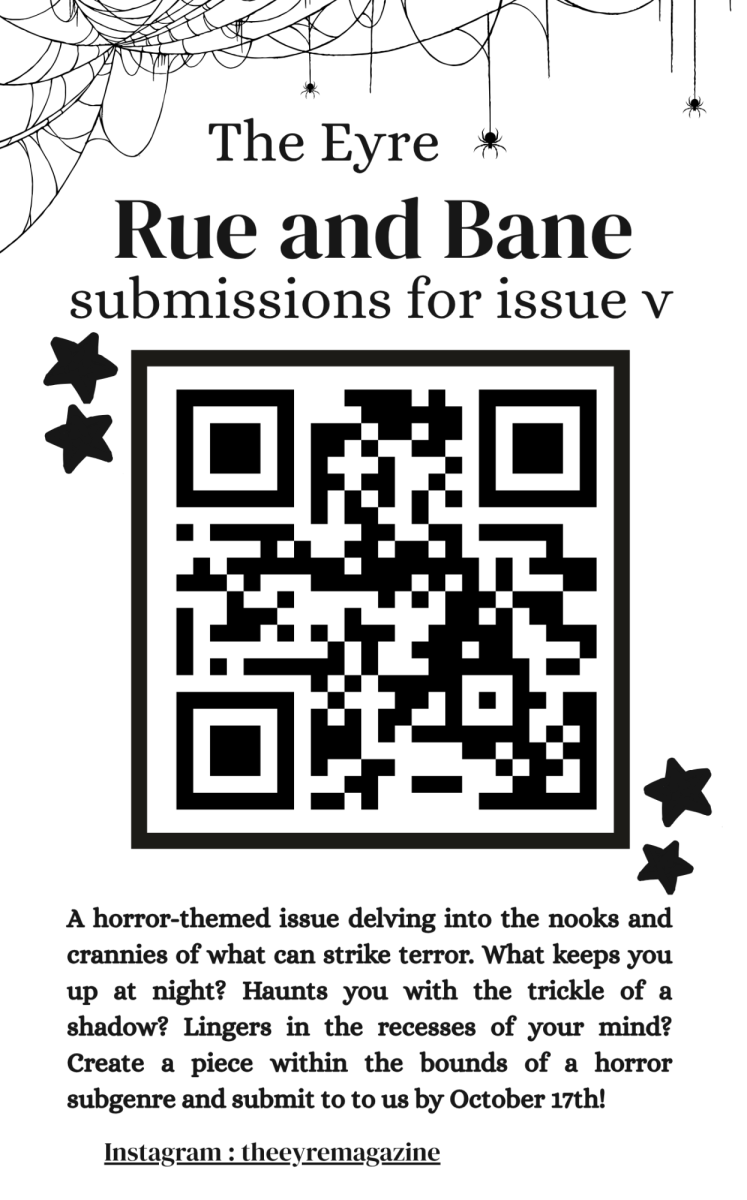
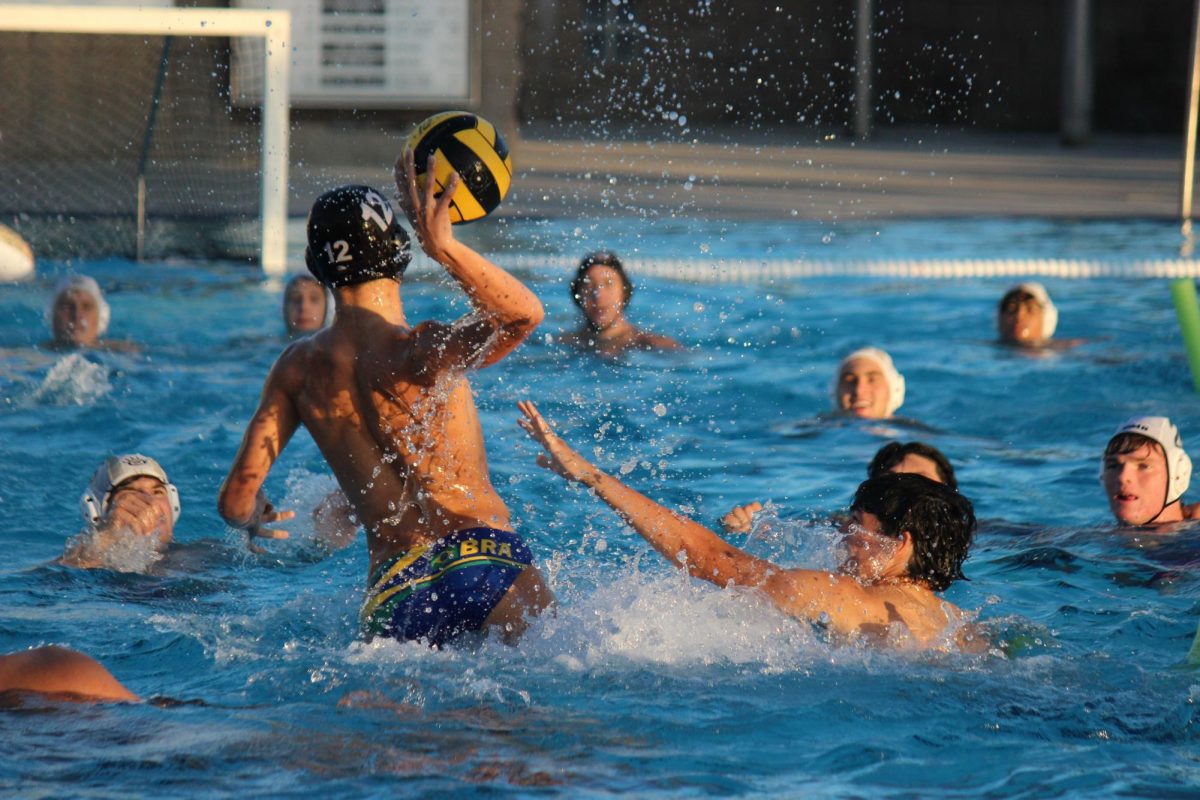

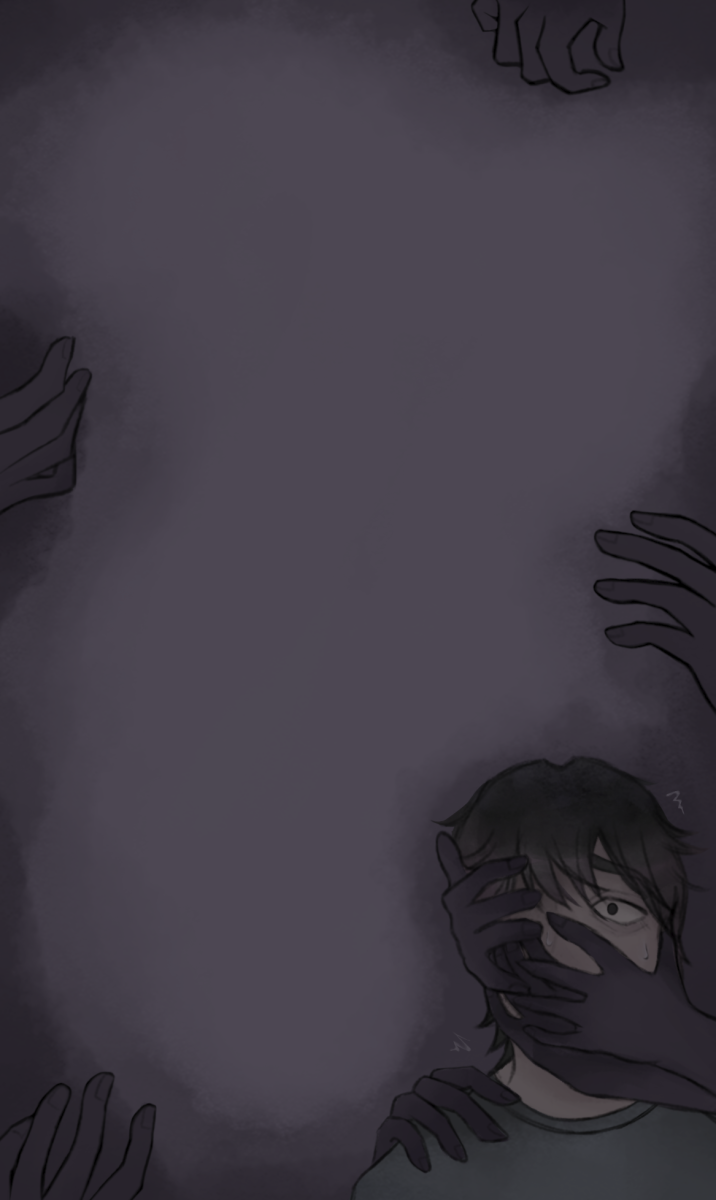

![Jolie Baylon (12), Stella Phelan (12), Danica Reed (11), and Julianne Diaz (11) [left to right] stunt with clinic participants at halftime, Sept. 5. Sixty elementary- and middle-schoolers performed.](https://wvnexus.org/wp-content/uploads/2025/09/IMG_1948-800x1200.png)
